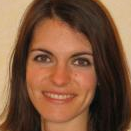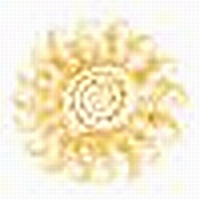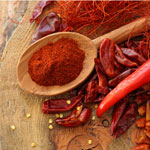
Global Ayurveda Festival Kerala & Arogya Expo
28.02.2012 |
Global Ayurveda Festival Kerala & Arogya Expo
9. – 14. February 2012
Kanakakunnu Palace
Thiruvananthapuram, Kerala, India
A visit report by Klaus-Rupprecht Wasmuht, Holistic Practitioner
Artikel in Deutsch
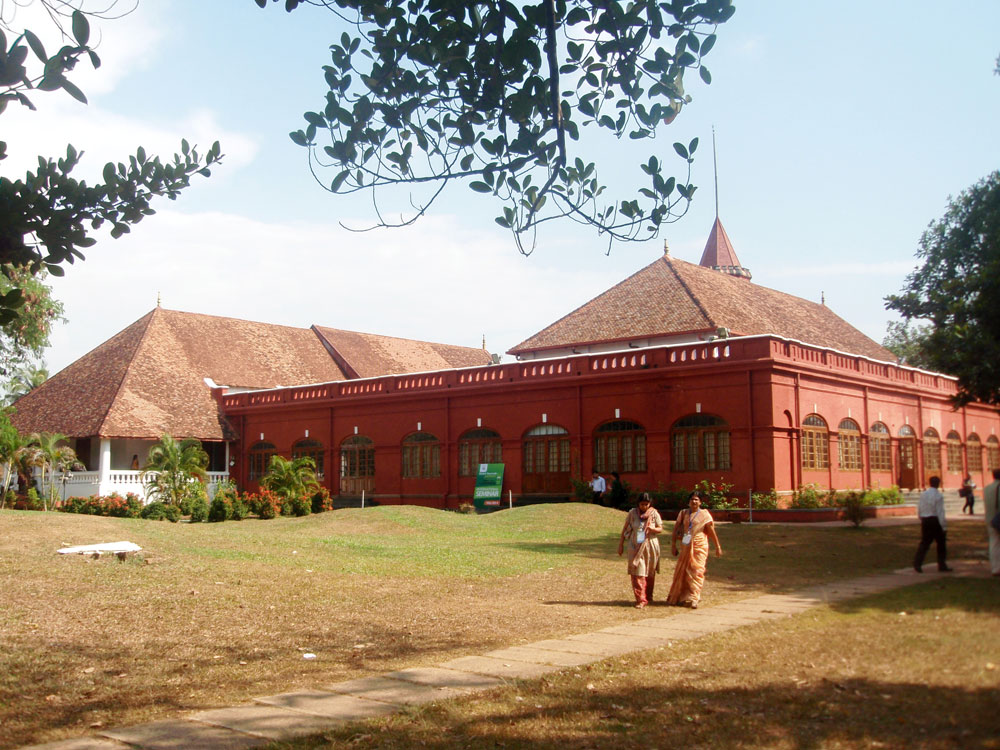
Kanakakunnu Palace
As the heading indicates this extraordinary Ayurvedic Exposition was not meant to be a congress filled with seminars and exhibitions – presenting the opportunity for professionals, students and the general public to embrace the world of Ayurveda – but a festival to celebrate the richness of the oldest and most profound healing system of the world.
A huge gathering of scientists, researchers, Ayurveda students , medicinal plant cultivators, paramedics, patient groups, traders and from the general public formed an international platform to gain more insight in Ayurvedic healing, to gather more experience and set up networking and productive collaborations.
Stalls were set up by 17 Ayurveda Colleges from Kerala, 340 stands attracted also attention to other branches of traditional Indian medicine, like Siddha, Unami, Homoeo and Yoga. More than 1000 various medicinal plants were on display and their medicinal properties and values described by experts. Special pavilions on toxicology, surgery and other special branches of medicine were set up. First prize for the best stand was awarded to Somatheeram Ayurvedic Group, Chowara.
Union Minister for Overseas Indian Affairs, Vayalar Ravi, inaugurated the six day event stating that Ayurveda should be promoted as a science and be given a global face. The value of Ayurveda is more and more recognised by the international community, however more scientific studies on Ayurveda medicine were required to create more awareness among the people, to strengthen this science and to promote its healing powers.
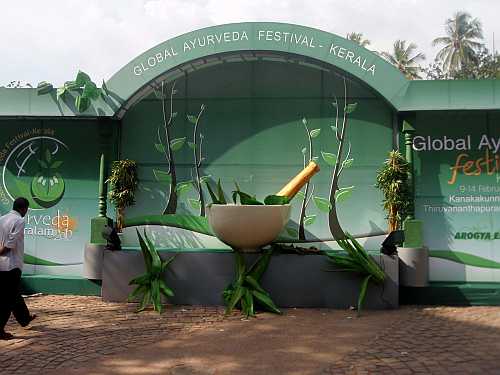
Welcome at main entrance
Special concern was expressed that that authenticity of Ayurveda is being eroded through commercialism.
Nevertheless mechanisation of treatment methods appear to be en vogue. For instance the electronic dhara machine, called “Dhara Yantra” was presented as a novelty. This device ensures that the oil or medical decoction is kept at a uniform temperature during the sirodhara treatment supposed to make the method simpler, effective and more economical.
Mr. B M Hegde, the former vice chancellor of Manipal University followed those lines saying that Ayurveda should stick to its basics and not try to copy modern medicine. He described diseases as an alteration in the human energy pattern.
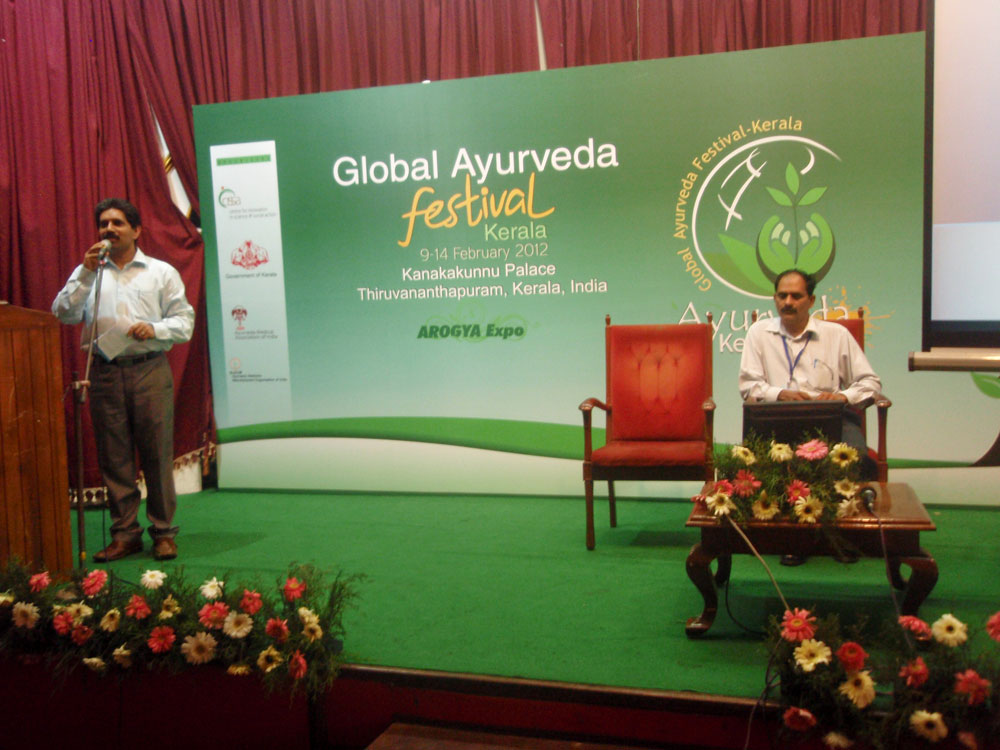
Marma Chikitsa lecture by Dr. K.T. Vinodkrishna
Dr. Thangavelu, a genome biologist, stressed in an interview with the media the need to train teachers and students in reading ancient texts of Ayurveda correctly to comprehend the deeper ancient wisdom in its relevance in modern time. He claimed that his researches helped him finding missing details in the theory of biology setting an example on how Ayurveda and modern science can compliment each other.
Dr. R H Singh spoke on Ayurvedic management of Diabetes Mellitus (Madhumea) describing the disease as an “error in lifestyle”. Ayurveda is deep-rooted in comparison with modern medicine which has only a very short history. Ayurveda has all the healing powers of Mother Nature and cures without affecting body and mind while modern medicines try to achieve speedy recovery from illnesses which can result however in severe damages to the immune system.
The presentation of Prof. Dr. Horst Pruntzek on Parkinson´s disease and its cure through Ayurveda was well received. He claimed that recent researches proofed success in treatment of that disease through systematic treatments, change in lifestyle, prescribed diet, Yoga and herbs. He also stated that Ayurveda raises the positive energy of a person. His focus on supremacy of Ayurveda medicine especially with regard treatment of chronic ailments in comparison with standard methods is well known.
Chief Minister Oomen Chandy said at the penultimate day of the event that the government has selected seven specific areas that need to be developed within Ayurveda. One of the biggest problems Ayurveda is faced with is scarcity of medicinal plants.Certain part of land has to be set aside for cultivation of medicinal plants and tax concessions to Ayurveda drugs are being considered by the government.
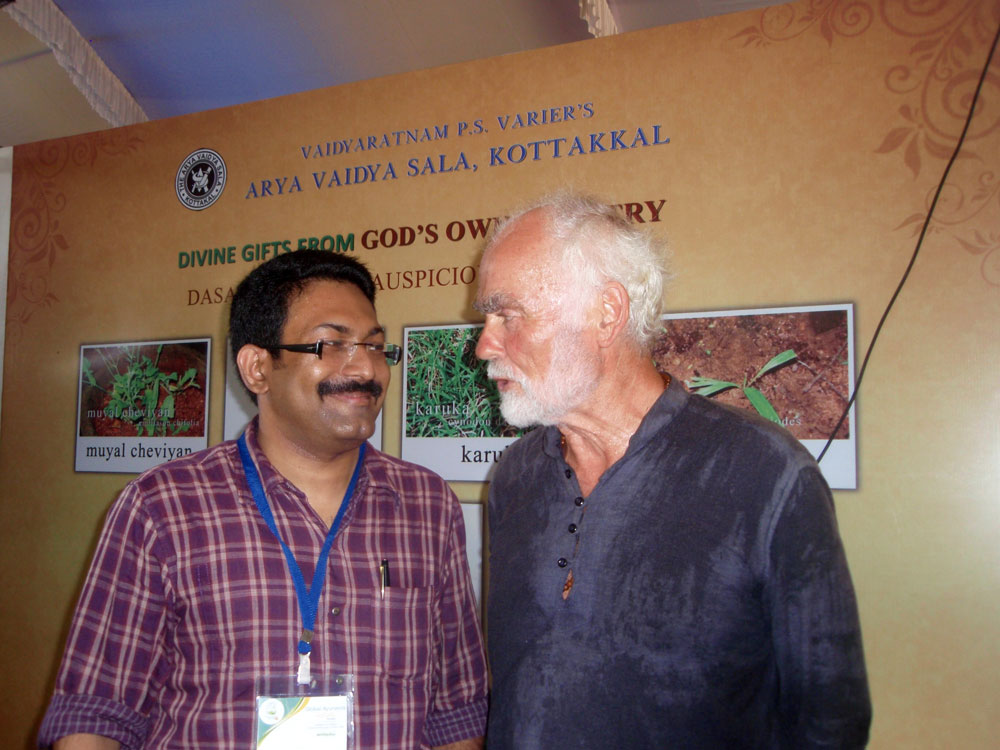
Klaus R. Wasmuht in discussion with Dr. R. Sreeraj B.A.M.S. of Arya Vaidya Sala, Korrakal
The Festival concluded with an 11-point declaration
1. calling Kerala as the Ayurveda State of India to set up a separate ministry for Ayurveda.
2. High priority in government interventions should be given to health education based on Ayurvedic principles.
3. Establishing an international trans-disciplinary advanced research centre in Ayurveda
4. To achieve a tenfold increase in the industry turnover in the next five years, through innovative long-term support
5. Support of Centres of Excellence (CoE) in clinical practice in various specialities of Ayurveda
6. Include Ayurveda biology in school curriculum
7. To set up a joint action programme with various countries for promoting Ayurveda
8. Set up of a certification agency for “Authentic Kerala Ayurveda” products and services by the government
9. Establish a global network to promote authentic Ayurveda products and services
10.Promotion of medicinal plant cultivation. Farmers should be given subsidy, grants and soft loans on long term-basis
11. A contemporary model of Ayurveda Gurukula should be attempted on pilot basis at select places
With regard to Germany it was noted that two doctors from Germany participated at the Global Ayurvedic Festival demonstrating regard for Ayurveda. It was appreciated that the two gentlemen –
Prof. Dr. Horst Pruntzek and Mark Rosenberg – let Ayurveda doctors practise at their hospitals.
Prof. Dr. Pruntzek contributed in a plenary session with a lecture on “Complementary medicine in Parkinson,s disease and Multple Sklerosis” and Mark Rosenberg held also a plenary lecture.
Dr. Jeevan E P who teaches Ayurveda in Germany however pointed out that the West had not yet shed off its scorn for this ancient system of medicine, since only ten Ayurvedic doctors , of which four are Malayalees are in Germany and that they only can practice under an allopathic doctor.
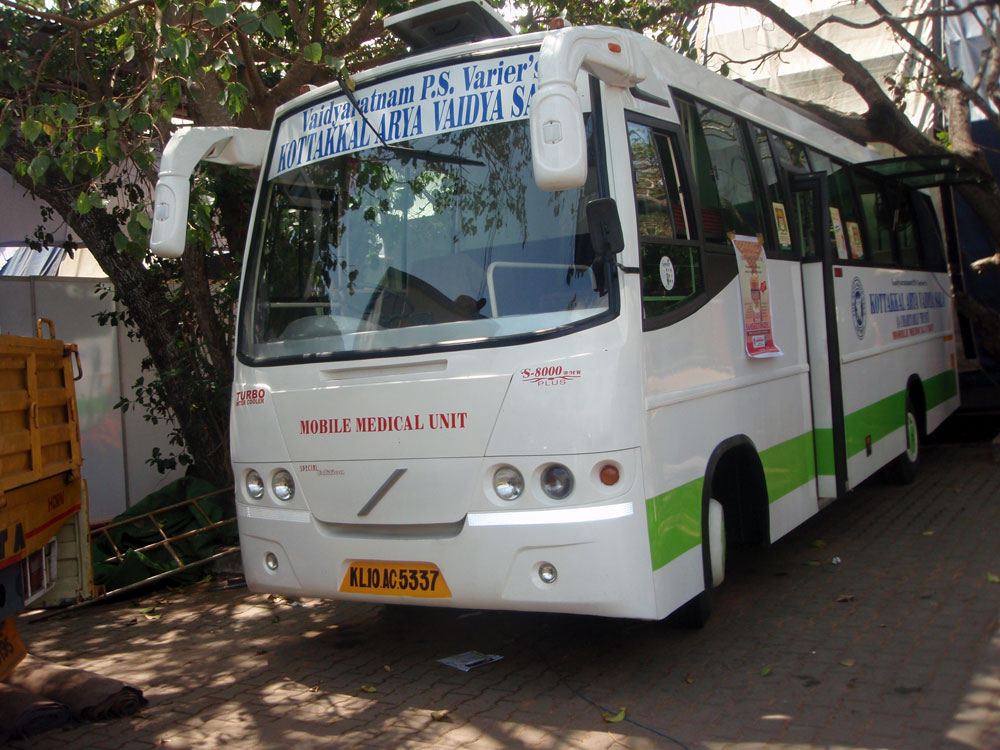
MOBILE MEDICAL UNIT that belongs to Kottakkal Arya Vaidya Sala (AVS), used to provide personalized consultation from Ayurvedic physicians, containing also a wide range of ayurvedic medicines (medical dispensary).
Finally my specific interest in this event concentrated on gaining new insights into Ayurvedic Phytotherapy and Marma-Point-Massage. The lecture “Relevance of Marma Chikitsa in Neuromuscular Disorders” by Dr. K.T. Vinodkrishna from AMIYA NURSING HOME & Research Centre Pattambi, Palakkad, Kerala was in this respect of particular interest.
An overview of his lecture is given in the following:
- Definition and location of 107 Marma Points
- Causes of Marma Abhigata (Injuries)
- Symptoms of Marma Abhigata and Complications
- Management of Marma Abhigata (Treatment)
- Marmaadangals (Keezhthara Adangal, Valvazhi Adangal)
- Marma Techniques
- Internal and external Medicines
- Marma Bandages
- Marma Foot Massage
- Advantages of Marma
- Body Astrology & Marma
- Conclusion
- Marma Techniques and Therapies are highly effective and cost effective in neuromuscular disorders
- Still there is relevance of Marma Therapy in neuromuscular disorders
- Marma injuries or complication caused by vehicle accidents, violence and other causes can be treated very easily with Marma Therapy
- Future complications and disabilities can be reduced with Marma Therapy
- The rehabilitation period is very less compared to other systems with Marma Therapy
So we want to practice, propagate and improve Marma Therapy
Summary
The impressive Expo organised by the Centre for Innovation in Science & Social Action (CISSA) and the Government of Kerala presented fascinating events providing deep insight into the living tradition of Ayurvedic healing and its relevance in modern times.
Kanakakunnu Palace was the summer residence of the erstwhile royal family of Travancore and is now listed by the Indian National Trust for Arts and Cultural Heritage (INTACH) as a heritage monument. Standing tall next to the Napier Musuem this magnificent palace served as a superb venue
for most of the lectures providing at the same time a magnificent backdrop to the surrounding events.
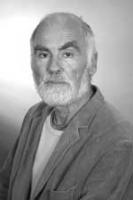
©Klaus-Rupprecht Wasmuht, HP
KRW, 20. 02. 2012

.jpg)


.png)
.jpg)
